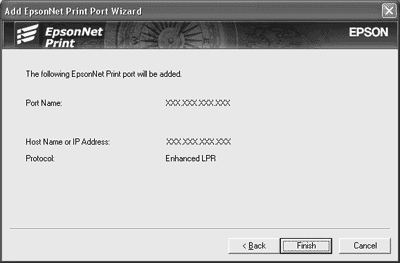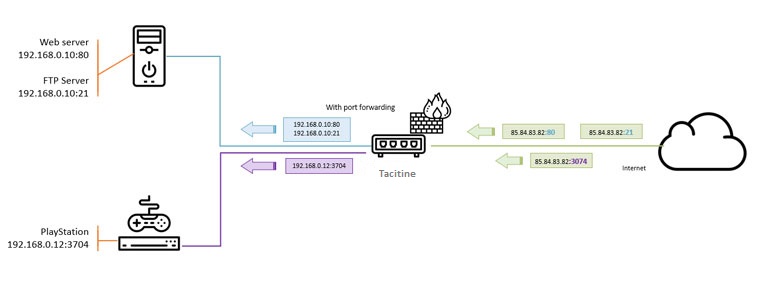

If you are at home right now, from your computer go to - what you see there is your WAN IP address. Different apartments in separate buildings can have the same apartment number, but their street addresses (WAN) are always unique. To understand the different between a WAN and a LAN IP address, just imagine WAN is the street address of an apartment building and LAN is the number of an apartment within that building. With NAT, a home router can use just one WAN IP address to bring the Internet to up to 254 clients. You don't need to know about NAT - it's just a methodology primarily used today to conserve the limited amount of IP addresses of the IPv4.

It does this using a function called NAT (or network address translation). The router retains the WAN IP for itself and shares that Internet connection to all devices connected to it. This IP address is a LAN (or Local Area Network) address that the router has assigned to the connected devices. In order for each device, such as a computer, to connect to the router (and from there the Internet) it has to have an IP address of its own. And this is going to be the way things are for the foreseeable future. While IPv6 is available, virtually all consumer-grade Internet applications and services still use or support IPv4. Note: it's IPv4 that I'm talking about here. In most cases, for a home or an office, a computer doesn't get to use the WAN IP address, which stays with the router. So in other words, the WAN address is unique for each home (or office) network. This is the port that takes in the WAN address. At home, when you have a home network with multiple devices, such as tablets, computers, and so on, the WAN IP address is assigned to your router, which explains why all routers have a WAN, or Internet, port. This address is unique on the Internet at any given time. WAN stands for Wide Area Network and is the IP address given to you by the Internet service provider. It's easier to access your home computer remotely than you might have thought. Just make sure you always back up your router's settings before making any changes. Indeed, it makes a great weekend project, and the result is rewarding.

While all this might seem overwhelming and technical, it's quite easy if you're familiar with a router's Web interface. And to do that, there are a few things that you need to understand, including, WAN, LAN, Dynamic DNS, and Port forwarding (aka Virtual Server).
#Port forward network utilities coupon how to
That and a lot more are totally possible if you know how to configure your home router. For example, if you know how to use Remote Desktop, a built-in feature of Windows, to control a computer in a different room of your home, how about doing that from somewhere away from home, and save yourself from having to pay for similar services such as LogMeIn or GotoMyPC? And now, I need to tell you how you can use this information to remotely access your device at home. If you've been following this series, you'll know that I explained the LAN and WAN ports on a home router in part 1. For the other parts, check out the related stories. Editors' note: This post is part of an ongoing series.


 0 kommentar(er)
0 kommentar(er)
